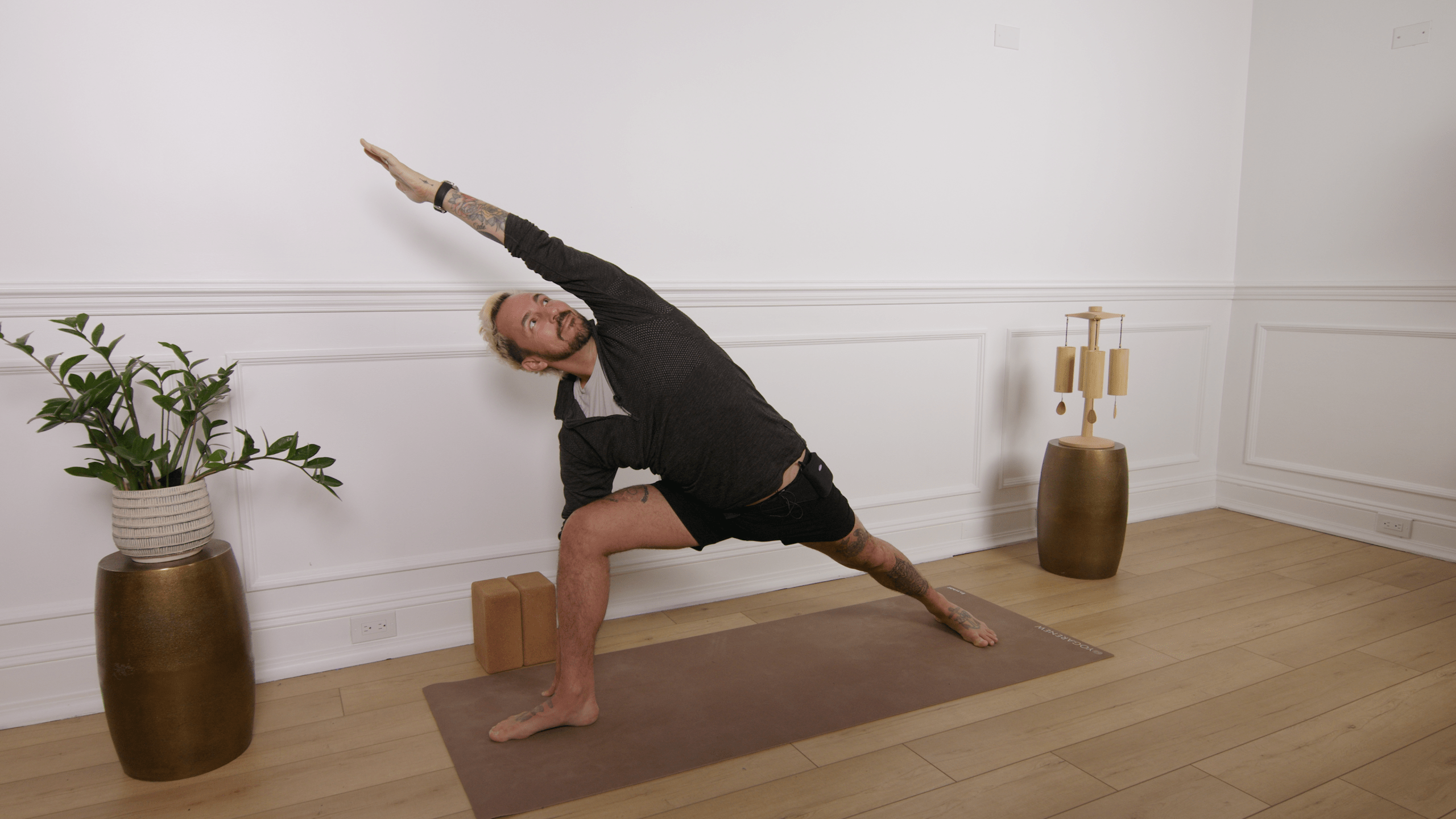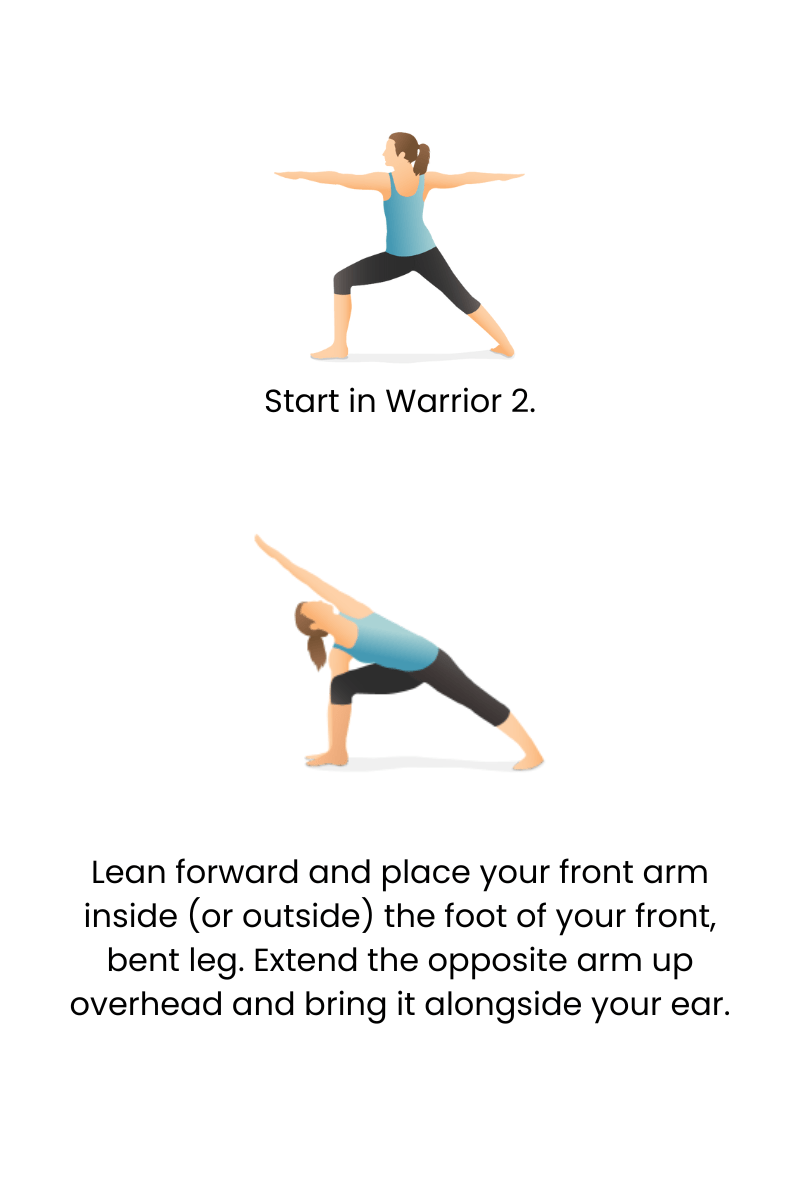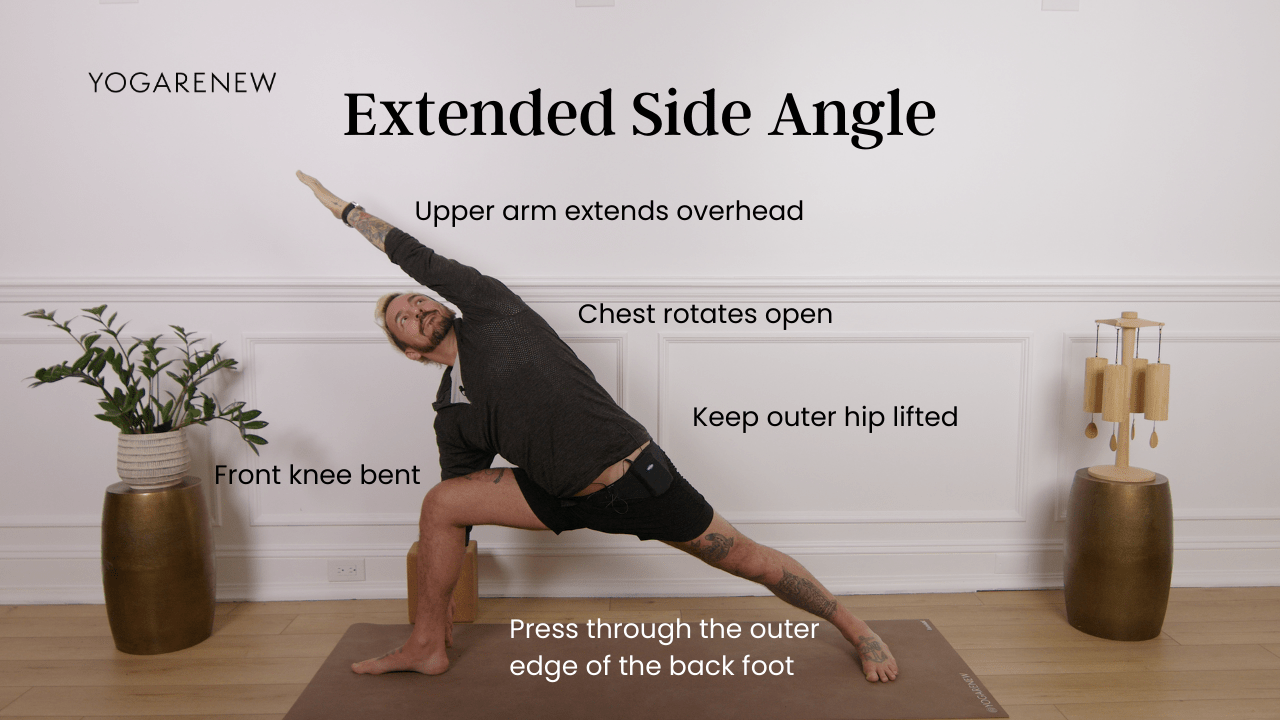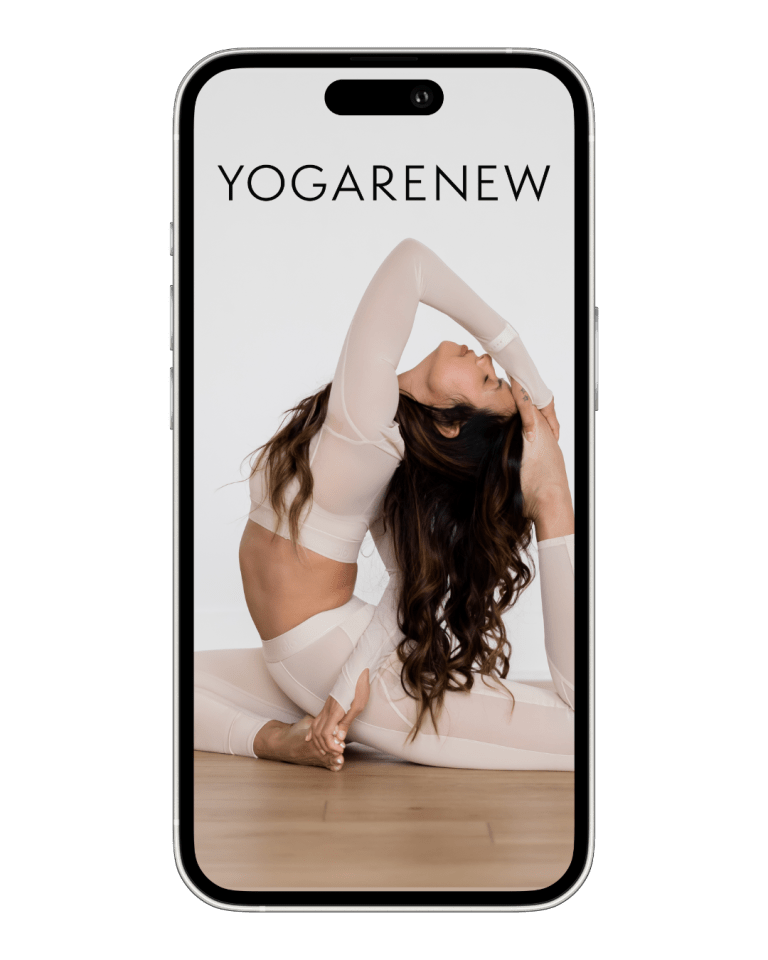What is Extended Side Angle?
English Name: Extended Side Angle
Sanskrit Name: Utthita Parsvakonasana (pronounced oo-TEE-tah PARSH-vah cone-AHS-uh-nuh)
Category: Standing, Foundational, Strength, Mobility

English Name: Extended Side Angle
Sanskrit Name: Utthita Parsvakonasana (pronounced oo-TEE-tah PARSH-vah cone-AHS-uh-nuh)
Category: Standing, Foundational, Strength, Mobility
Extended Side Angle, or Utthita Parsvakonasana, is a foundational standing posture that builds strength in the legs, opens the hips, and stretches the entire side body. With roots in classical hatha yoga, this pose creates stability while promoting spaciousness through the rib cage, waist, and shoulders.
Often included in standing sequences, Extended Side Angle helps develop stamina, alignment awareness, and breath expansion. Whether practiced with a block, a bent elbow, or a full bind, this posture serves practitioners across all levels, from beginner to advanced.


Utthita Parsvakonasana offers a perfect balance between strength and expansion. As you root down through the legs, you lengthen and open through the side body and spine. This posture builds stamina and alignment awareness, supporting both physical endurance and deeper breath. Whether you’re building strength or seeking space, Extended Side Angle is a dynamic posture that connects grounded power with graceful extension.
Use a block under your bottom hand or keep your forearm on the thigh.
Yes! A wider stance and props can help you find depth safely.
Absolutely. It’s a foundational standing pose that’s accessible with proper modifications.

Explore classes & pose tutorials for any style, format, duration or experience level with a free account in the YogaRenew app. Or subscribe and gain access to workshops, live classes and more.